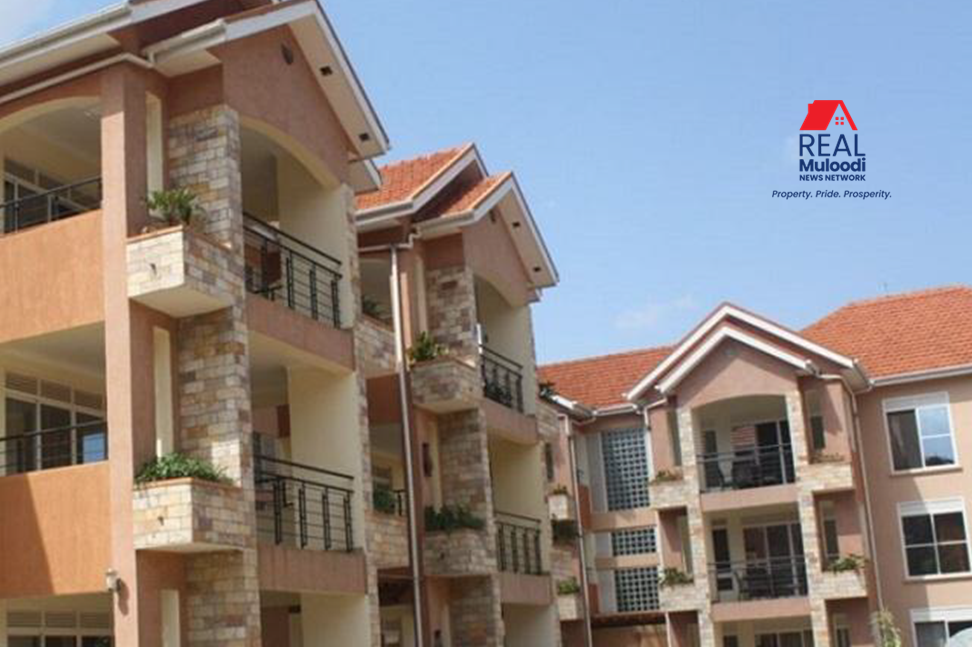UGANDA, Kampala | Real Muloodi News | The residential sector in Uganda is showing signs of recovery after the disruptions caused by the global pandemic lockdowns. Although according to the latest Knight Frank’s Africa Report, multinationals with smaller rental budgets are now choosing residential units in less wealthy neighbourhoods of greater Kampala.
The Africa Report of 2022/2023 issued on July 15, reveals that one of the factors for demand in the residential sector is the return of expatriates in the country who had been deterred by travel restrictions caused by the global lockdown.
Since travel restrictions were lifted, and the signing of important oil agreements which call for demand from the oil and gas sector, residential rentals are picking up, with higher demand in Kampala’s more affordable areas.
Residentials on Higher Demand
According to the report, dollar-dominated leases for residential flats have been extended to Naalya, Kiwatule, and Najjera. Rental rates have remained stable and as the footfall is steadily increasing, the future of the residential sector is hopeful for more progress.
“This suggests that multinationals with lower rental allocations are now moving outwards to more affordable areas,” notes the report.
Historically, this market has been centred in the affluent suburbs of Nakasero, Kololo, Naguru, Mbuya, and Bugolobi, and has spread to Muyenga, Ntinda, Lubowa, Munyonyo, Mutungo, and Luzira.
According to the research, demand for residential space in the suburbs has remained stable due to somewhat lower rental rates and the good quality of new available stock.
However, there is an envisaged rise in rent due to the rise in demand and supply of residential units. Due to the improved road networks, and easy and increased access to utilities, the suburbs have a higher demand for housing and accommodation.
The tenants are interested in these areas because the rent rates are quite lower and affordable, yet they are still of quality.
There was a noticeable interest in 1- and 2-bedroom homes in the affluent Kololo, Naguru, and Nakasero neighbourhoods, where apartments were in high demand. As a result, rent remained mostly stable while premium residential occupancy rose by 3%.
However, because they are occupying several residential units, tenants have continued to press for harsher rent deals and are typically successful.
The report reveals that the average occupancy levels in prime residential suburbs increased by 12 per cent in 2021, and there is still more progress even this year.
“As prime office occupancy levels climb, we expect prime rents to also continue rising at least until there is a meaningful injection of high-quality space into the market,” Judy Kyanda Rugasira, Managing Director of Knight Frank Uganda, said.
Prime Office Spaces
The warehouse and storage space rates in Kampala’s prime industrial area are now ranging from USD 5 to USD 7.
Developers are also committed to providing according to the public need. They are raising more affordable options in the suburbs to respond to the high demand.
However, the retail sector remains struggling since it was devastated by the curfew restrictions of the two lockdowns of 2020 and 2021 consecutively.
The report shows that, to date, the average earnings for grocery retail outlets are still below 11 per cent compared to the figures in 2019. The incomes are, however, 4 per cent higher than those in 2021.
READ MORE LIKE THIS:
The Expanding Oil Sector Revitalises Kampala’s High-end Real Estate Market



